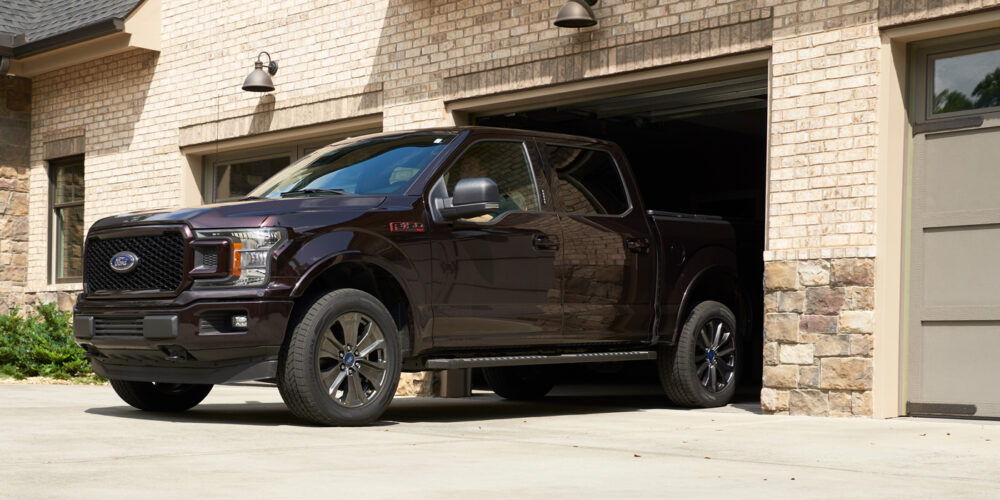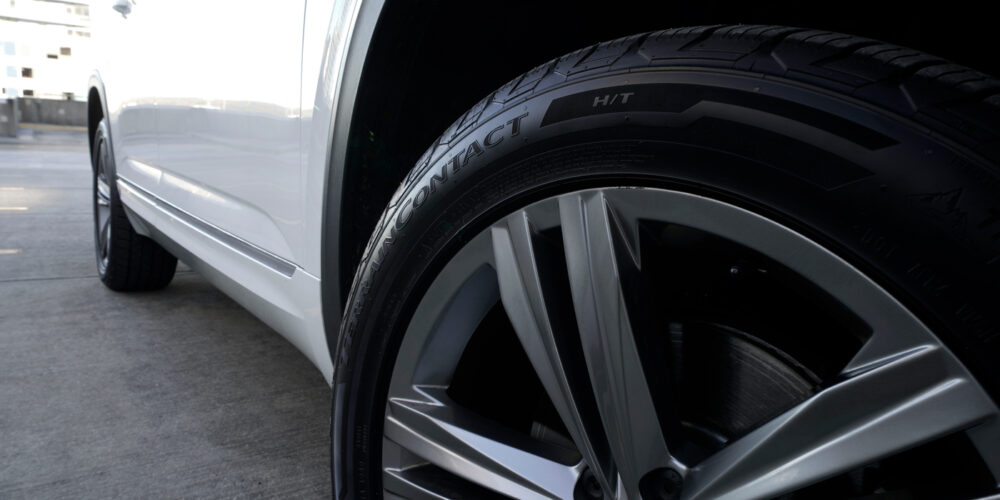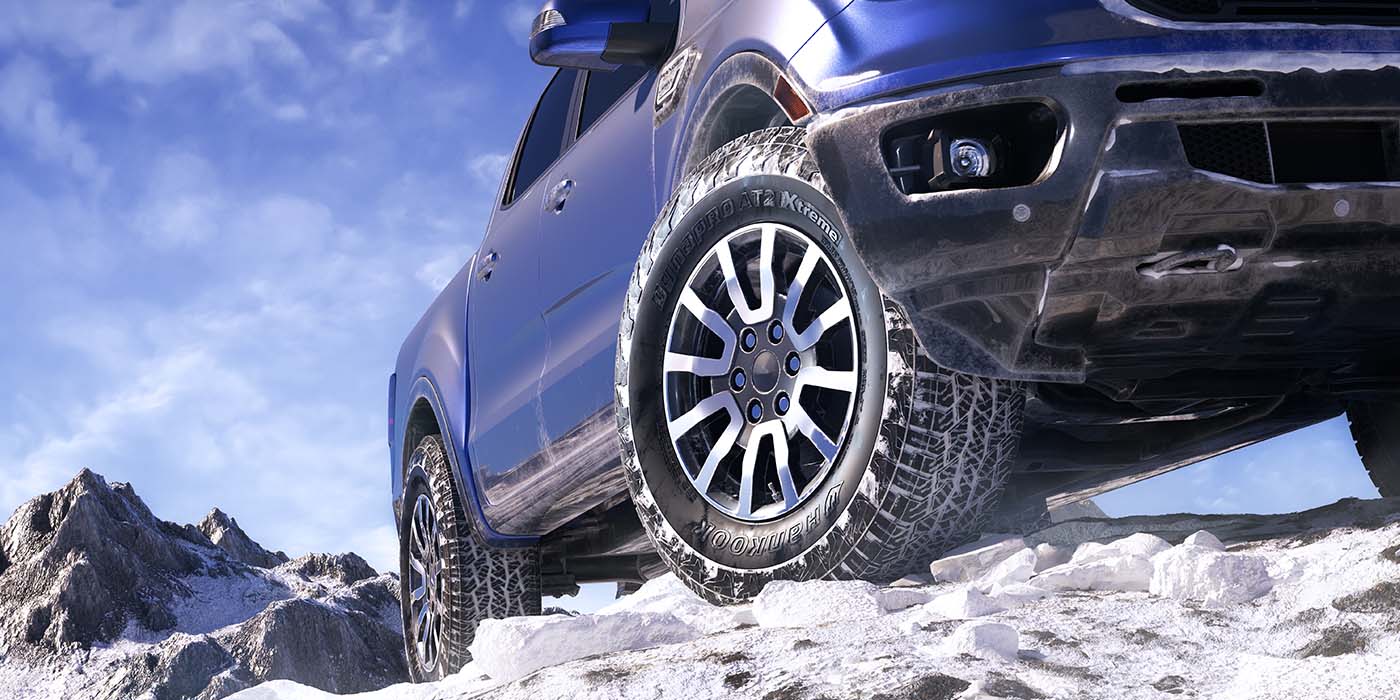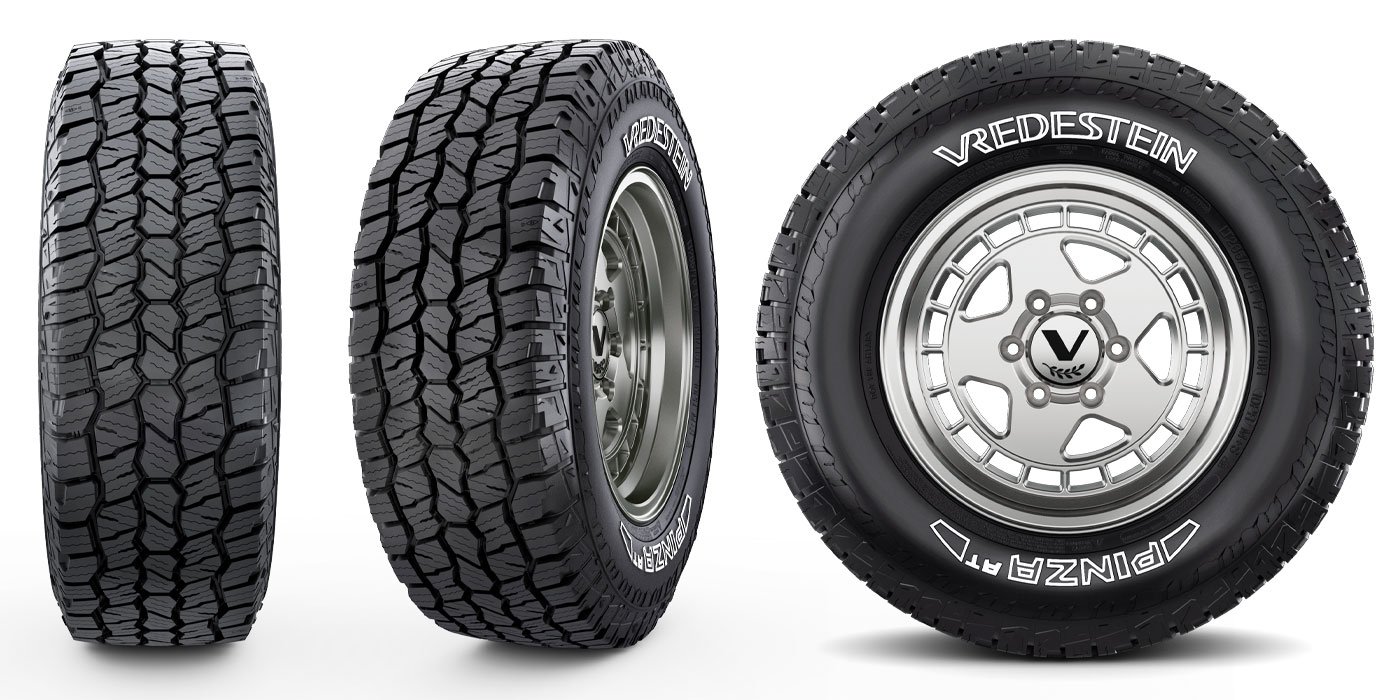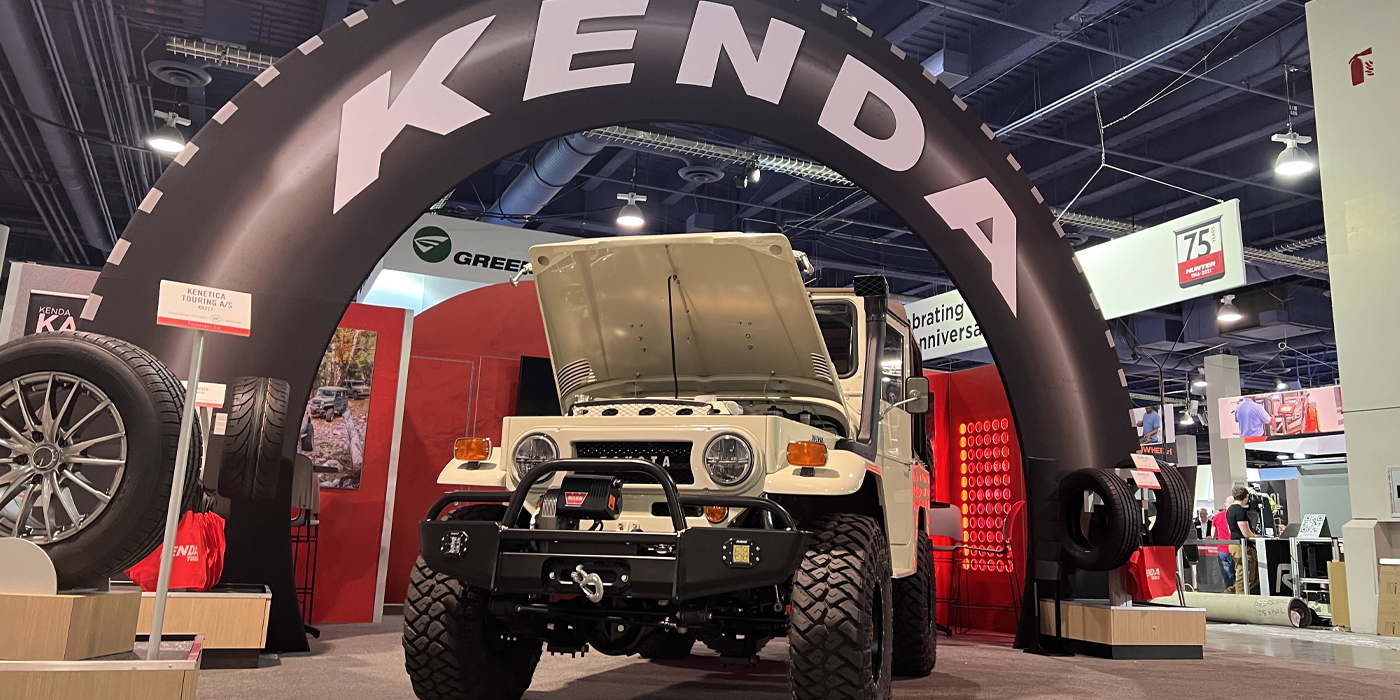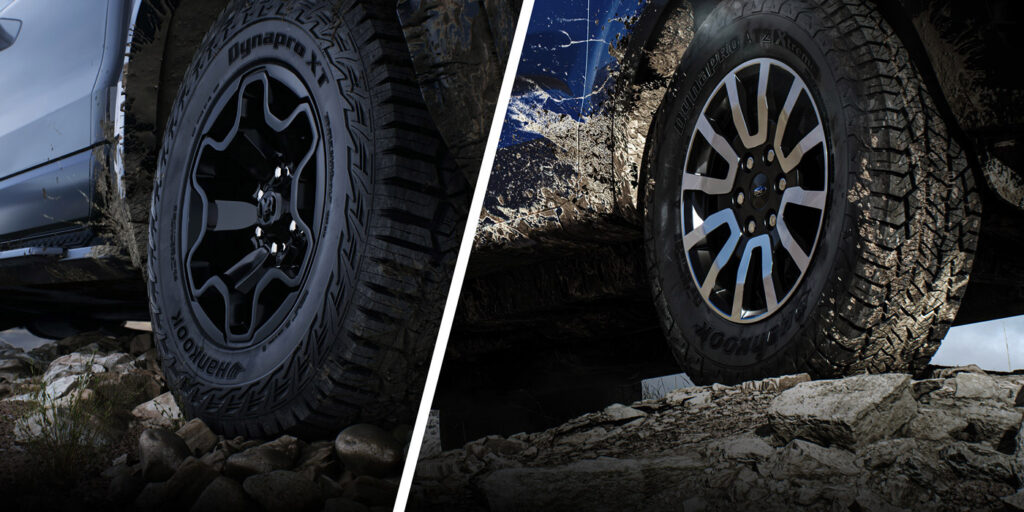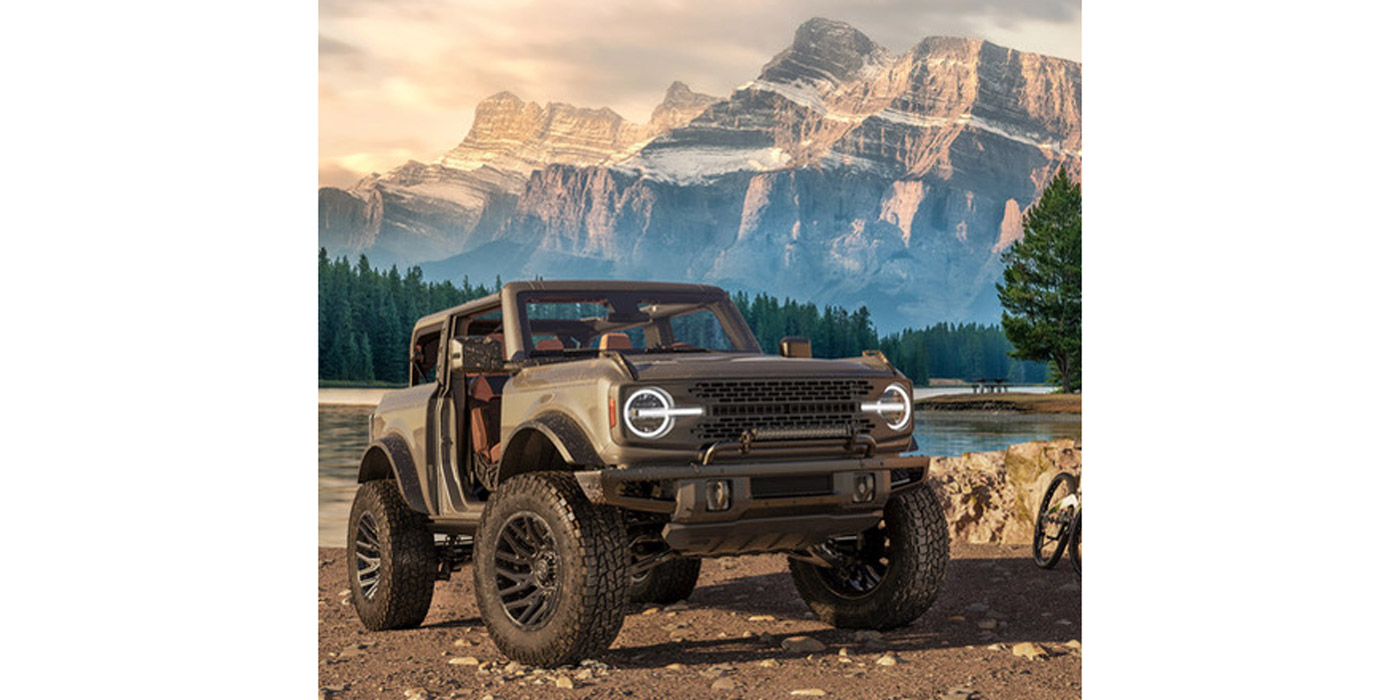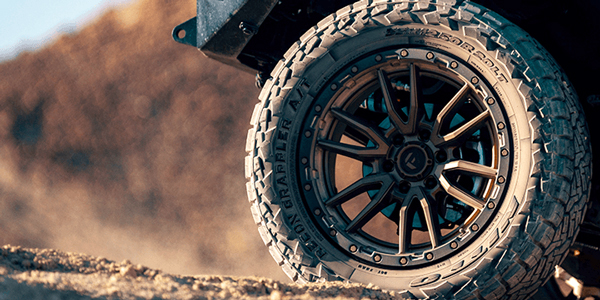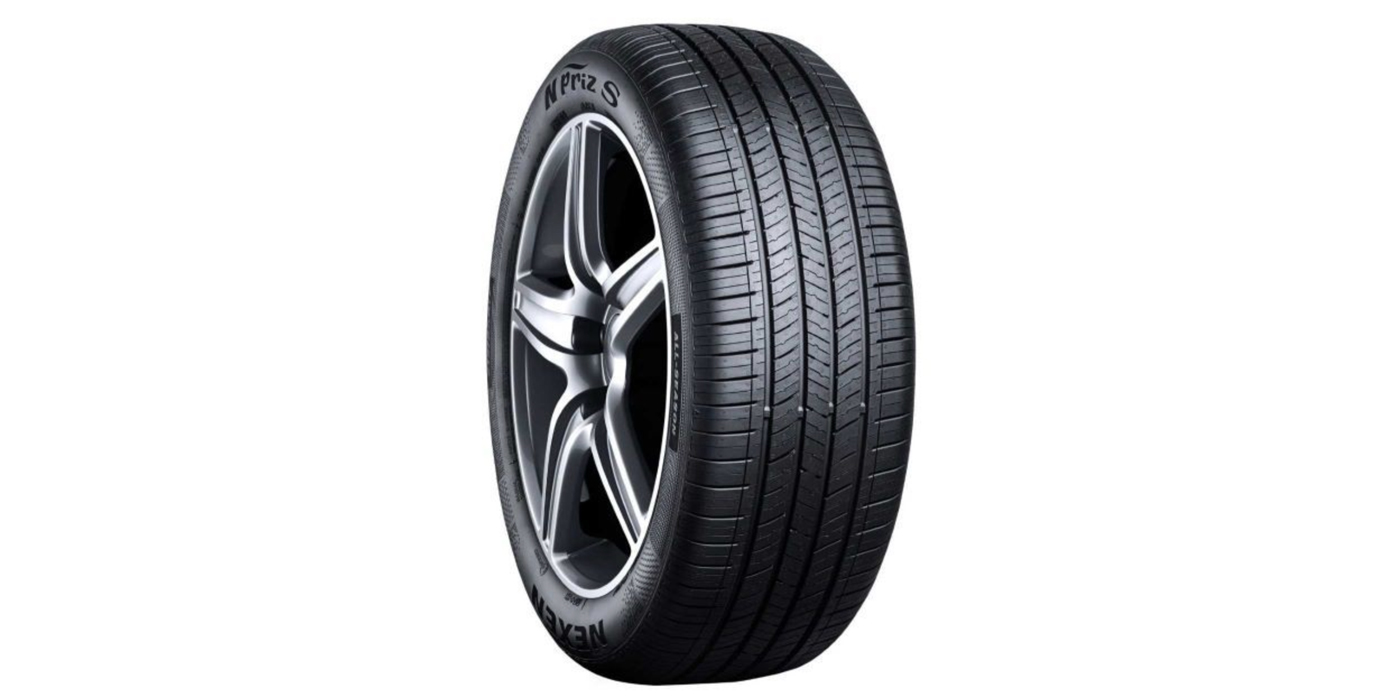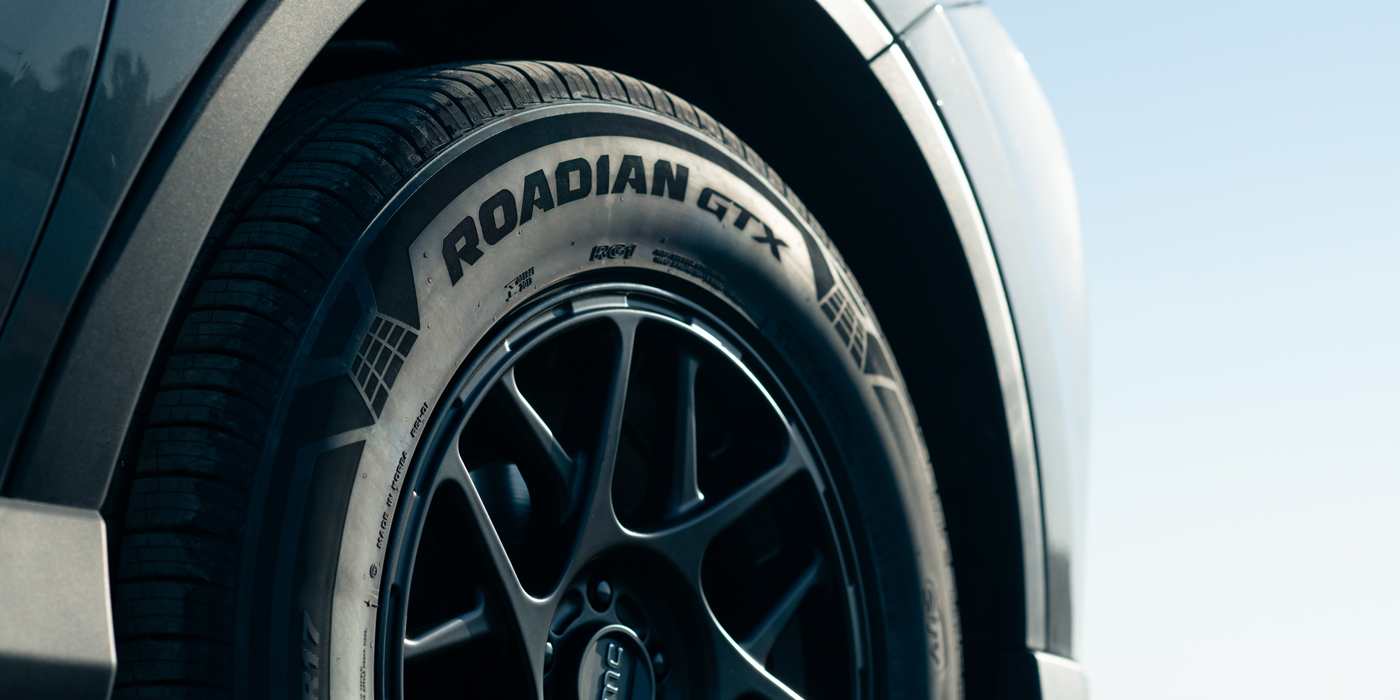In recent years, the light truck (LT) tire segment has seen several shifts as driver preferences and market demands call for changes. LT tire basics remain the same: they’re built with tougher constructions, hardier rubber compounds and higher load-carrying capacities since they’re designed for heavier vehicles like larger trucks, SUVs and commercial vans. However, tire dealers must stay up-to-speed on the nuances of different LT tire subcategories to successfully meet the needs of their customers.
LT tire trends
According to Brandon Stotsenburg, vice president of Kenda Tire’s automotive division, there has been significant growth in new light trucks and light truck platforms over the past several years in the North American market.
“The pandemic also enhanced this trend, as consumers began using their trucks for more towing, overland and off-road applications — and the vehicle lifecycle continues to grow as consumers keep their trucks for a longer time,” he said. “Kenda has seen the consumer needs to diversify the traditional applications from HT (highway tread), AT (all terrain) and MT (mud terrain) to specific use and needs in this segment.”
As in the rest of the tire industry, recent LT tire trends include a shift to larger rim diameters, driven by new OE fitments and consumer customization, according to Andrew Hyland, LT/4X4 on-road product manager for Continental Tire.
Pirelli Tire North America (PTNA) said in a statement to Tire Review that another recent trend is the introduction of the rugged terrain (RT) segment, positioned between the AT and MT segments.
“RT tires offer a balance between on-road comfort and off-road capability with an aggressive side look, making them a preferred choice for many consumers who use their vehicles for both daily commuting and occasional off-road adventures,” said Jay Lee, product director for Nexen Tire. “A few years ago, when RT tires were first introduced to the market, they were primarily targeted at light trucks and consisted of a size lineup tailored to these vehicles. However, the current trend is to expand the size lineup to include CUVs and SUVs as well.”
The most impactful change to the LT market was the introduction and rapid growth of the electric pickup truck, according to PTNA. Battery electric (BEV) truck production is projected to surpass internal combustion engine (ICE) production by 2030 in the U.S., which means tires must meet the demands of LT consumers while staying within the battery range.
“As the number of environmentally-friendly vehicles continues to rise, the LT tire market has been focusing on developing specialized tires to meet the needs of electric and hybrid vehicles,” Nexen’s Lee said. “These tires come with features such as low noise, low rolling resistance, and high efficiency, which help enhance the performance of electric and hybrid vehicles.”
Growth expectations
Tire dealers will be pleased to learn that continued growth is expected for this segment.
“The LT segment continues to grow in volume and complexity for size and segmentation,” Hyland said. “This growth is seen to continue for the next few years.”
According to Stotsenburg, industry associations are the best source for these predictions, as they consolidate data.
“Kenda sees that the traditional HT segment will remain strong and grow mirroring overall vehicle sales trends,” he said. “There may also be additional growth and segment modification due to EV LT applications. Kenda also sees that the traditional AT segment will remain robust, with significant growth in the RT and the AT trail subsegments. The MT segment will continue to adapt for real off-road performance and product differentiation.”
Since using light trucks for personal use is growing in popularity among consumers, they are being made to provide various designs and performance options to cater to the diverse driving environments and purposes of passenger light trucks, according to Lee.
“These trends are driving innovation in the LT tire market, and it is expected that they will continue to shape the industry in the future,” he said.
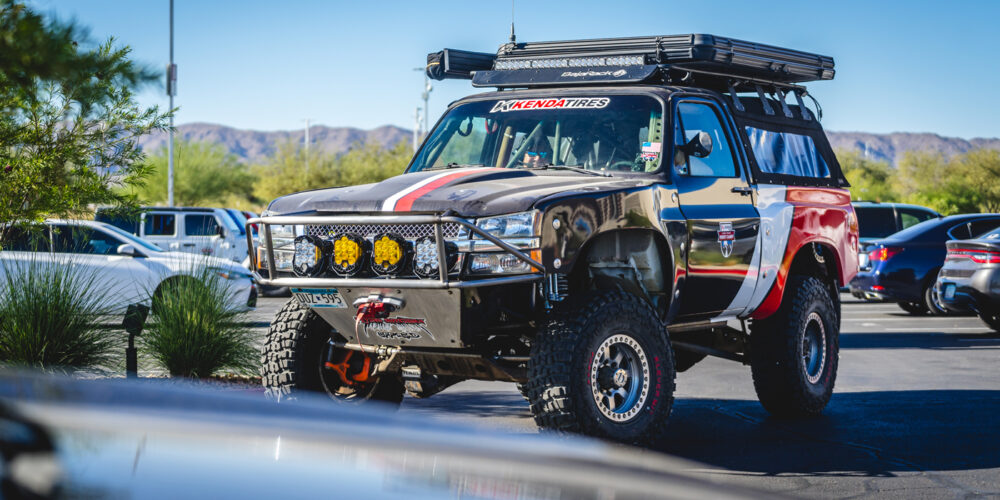
LT tire performance
Due to their versatility, the performance demands of LT tires can vary among consumers, but there are some basic expectations across all drivers.
LT consumers want a tire that can withstand the increased weight of their vehicles, provide the look they want, and perform — whether on the highway or off-road, according to PTNA.
Durability, longevity and traction are key performance requirements, according to Hyland. Stotsenburg added that ride, wet and dry performance, and handling while towing (when necessary) are also sought after.
According to Lee, key aspects also include comfort, noise level and fuel efficiency.
“While LT tires are known for their ruggedness, they should still offer a comfortable ride, especially for daily commuting or long-distance travel,” he said. “Quieter tires contribute to a more enjoyable driving experience; noise reduction technology can make a significant difference in reducing road noise. Finally, LT tires that reduce rolling resistance can contribute to better fuel efficiency — and improved fuel economy can be important for both cost savings and reducing environmental impact.”
Since light trucks are often used for hauling or towing, load capacity is essential. A tire’s load rating must match the vehicle’s requirements to ensure safety and optimal performance, Lee said.
“For drivers in areas with cold winters and snow, the ability of LT tires to perform well in winter conditions is crucial. Look for tires with the M+S (mud and snow) or severe snow rating (3PMSF) for improved winter traction,” he said. “If a driver plans to use a light truck for off-roading, consider tires with features like deep treads, reinforced sidewalls, and aggressive tread patterns for enhanced off-road performance.”
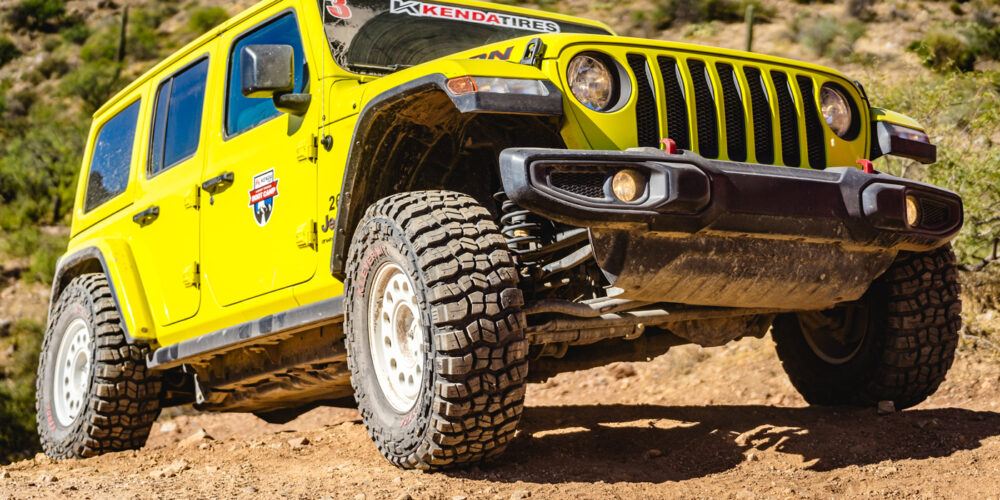
Backed by technology
As in any segment, LT tire technology makes the aforementioned performance demands possible.
“Premium performing LT tires rely on enhanced modeling tools to assure that the mechanical design compliments the material choices, which will often be significantly different from traditional passenger car tires,” Stotsenburg said.
He added that obtaining 3PMSF certification, a confirmed mileage warranty to predict wear, and a tread pattern that will offer good wet, dry and off-road performance for AT, RT and MT designs is critical.
“Additionally, consumers expect that HT, AT and RT tires will ride on-road with relative comfort and not be excessively noisy,” Stotsenburg said. Those construction and design features require significant expertise to optimize for premium tires.
“Construction will often include enhanced sidewall designs, including three-ply construction for specific applications as off-road durability is needed. Upper sidewall designs are often functional, not just decorative elements to enhance performance in off-road and rocky environments,” he added.
LT tires have a higher load-carrying capacity, which is expressed through their load index and load range ratings, as well as casing strength — including a stiffer and more robust internal structure — that is engineered to handle the stresses associated with towing and hauling, according to Lee.
“LT tires typically feature more aggressive and robust tread designs,” he said. “The tread patterns are optimized for off-road and on-road performance, providing enhanced traction and durability. Deep grooves, large tread blocks, and open shoulder designs are common features.”
Additional technology features include reinforced sidewalls to withstand the additional stress from heavy loads, off-road use, and rough terrain, as well as added durability to resist damage from impacts, rocks, and sharp objects commonly encountered in off-road environments, Lee said.

